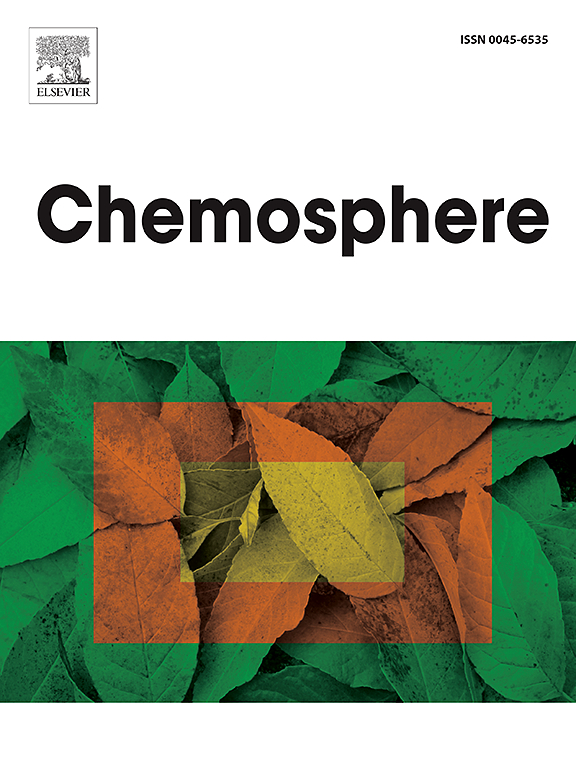Do (xeno)estrogens pose a risk to earthworms? Soy isoflavones and estradiol impact gonad structure and induce oxidative stress in Eisenia fetida
IF 8.1
2区 环境科学与生态学
Q1 ENVIRONMENTAL SCIENCES
引用次数: 0
Abstract
Understanding the impact of endocrine disruptor compounds (EDCs) across a wide range of species is crucial, given their ubiquitous presence. Although invertebrate species lack sex steroid hormone pathways, they exhibit sensitivity to EDCs, which could affect population dynamics. This study assessed reproductive endpoints and oxidative stress parameters in Eisenia fetida following exposure to estradiol and soy isoflavones, resembling the concentrations found in livestock manure. The experiment used artificial soil, as recommended by OECD guidelines (7:2:1 sand, kaolin and peat). Adult specimens were randomly divided into seven groups (n = 11/replicate): one control, three estradiol (156.1, 283.4 and 633.8 μg/kg of dry soil) and three soy isoflavones (113.0, 215.3 and 405.0 mg/kg of dry soil) concentrations. After eight weeks, samples were collected for cytological, histological and biochemical analysis. Offspring development was assessed after 12 additional weeks. Higher estradiol and isoflavone concentrations led to lower germ cell number and increased abnormalities, especially in the seminal vesicles and ovaries. Catalase and peroxidase activities were significantly increased in all treated groups. The exposure did not significantly affect the number of E. fetida offspring. These findings highlight E. fetida's sensitivity to EDCs at a biochemical and tissue level, suggesting its use as a bioindicator for assessing EDC contamination in soils.

求助全文
约1分钟内获得全文
求助全文
来源期刊

Chemosphere
环境科学-环境科学
CiteScore
15.80
自引率
8.00%
发文量
4975
审稿时长
3.4 months
期刊介绍:
Chemosphere, being an international multidisciplinary journal, is dedicated to publishing original communications and review articles on chemicals in the environment. The scope covers a wide range of topics, including the identification, quantification, behavior, fate, toxicology, treatment, and remediation of chemicals in the bio-, hydro-, litho-, and atmosphere, ensuring the broad dissemination of research in this field.
 求助内容:
求助内容: 应助结果提醒方式:
应助结果提醒方式:


